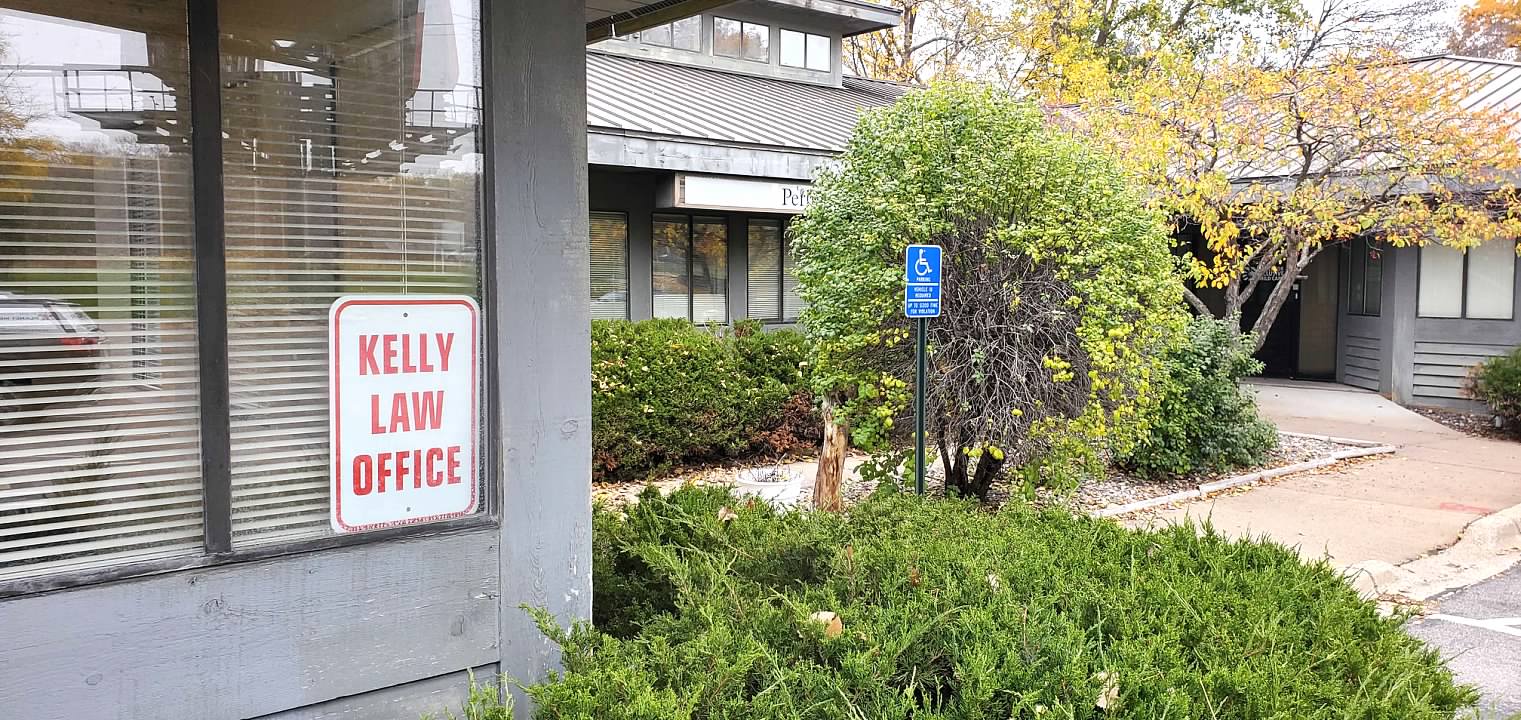I recently had a conversation with a person who had just received a discharge in a Chapter 7 bankruptcy. He had also received what he thought was a very weird item from his mortgage company. The mortgage company had sent him a form for his signature which would give them permission to start sending monthly statements again even though the mortgage debt had been discharged. In the fine print on the back of the discharge there is a court order requiring all creditors – including the mortgage company – to make no attempt of any kind to collect the debt. This includes mortgages, even if the homeowners want to keep the house. But most homeowners who have mortgages want to continue paying the mortgage so they can keep their home. Having a monthly mortgage statement helps a lot in keeping track of that, but without permission to start sending statements again, the mortgage companies tend to be afraid to do so.
The permission to restart monthly statements form DOES look a little weird. It usually will start off by saying something like: “Well, we know you’ve been discharged in a bankruptcy and you don’t owe this personally anymore, so don’t take this as attempt to collect a debt. We were just wondering if maybe, not that you actually owe this anymore, you might still like updates on the status of the mortgage, for information purposes only, in case you might still want to make some payments on a strictly voluntary basis – not that we would really want the money or anything like that.”
This odd language is the result of there being two seemingly contradictory facts for a homeowner with a mortgage following a Chapter 7 bankruptcy discharge. The first fact is that the personal obligation to pay the debt no longer exists. The second fact is that the lender still has a mortgage lien on the house, and if you don’t pay the mortgage that lender will foreclose.
In the phone conversation I felt a bit put on the spot. I was asked repeatedly to explain if the debt has been discharged, how can there still be a lien on the house that carries with it a right to foreclose. I tired to explain that a mortgage lien is actually a property right – a form of partial ownership – which the lender has. The bankruptcy discharge takes away the personal obligation to pay the debt, but it does nothing to the ownership interest. The discharge only affects personal obligations, not property interests.
So the bottom line is that when it comes to Chapter 7 bankruptcy, if you want to keep your house you better keep paying your mortgage or mortgages.
This was confirmed within the past few days by a decision of the U.S. Supreme Court issued on June 1, 2015. In the case of Bank of America v. Caulkett, the court ruled that mortgage liens cannot be stripped off in a Chapter 7 Bankruptcy. Under certain limited circumstances, the situation can be different in a Chapter 13 Bankruptcy. More about that in my page about keeping your house.
This post is for general information purposes only and is not legal advice. Interactions here do not create an attorney-client relationship. Consult your own attorney concerning the details of your case. I am a debt relief agency, helping people file for relief under the federal bankruptcy code.








